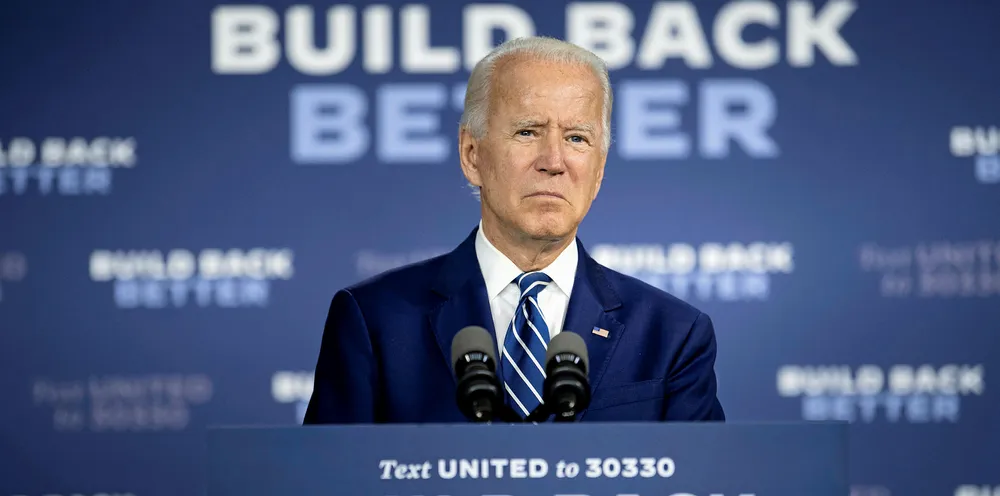Green hydrogen could match grey by 2023 thanks to $5/MWh wind power: Morgan Stanley
Steep declines in costs and tax credit extensions could make renewable H2 competitive far sooner than expected, says finance giant

Steep declines in costs and tax credit extensions could make renewable H2 competitive far sooner than expected, says finance giant
